|
Xiaoyu Liu I am an Assistant Professor in the Department of Mechanical and Aerospace Engineering at the University of South Florida. Prior to this, I was a postdoctoral researcher at the NASA-funded RETH Institute, where I focused on human and robotic agent modeling and analysis in space missions. I hold a Ph.D. and M.S. in Mechanical Engineering from Purdue University, where I had the privilege of being advised by Prof. Shirley J. Dyke, and a B.S. in Mechanical Engineering from Xi’an Jiaotong University. |
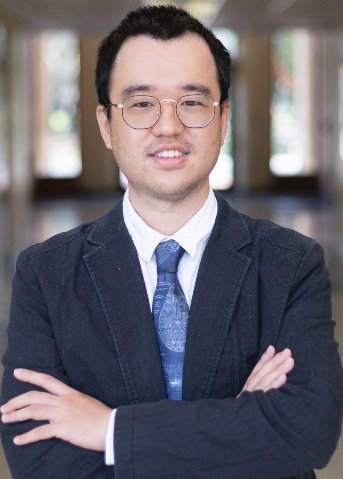
|
About ResearchMy main research interests focus on applying machine learning and mathematical methods to address challenges in human–robot teaming for space missions. I am currently recruiting Ph.D. and M.S. students starting in Spring/Fall 2026. If you are interested in machine learning/multi-agent teaming/space mission planning, send me an email at xiaoyuliu@usf.edu! |
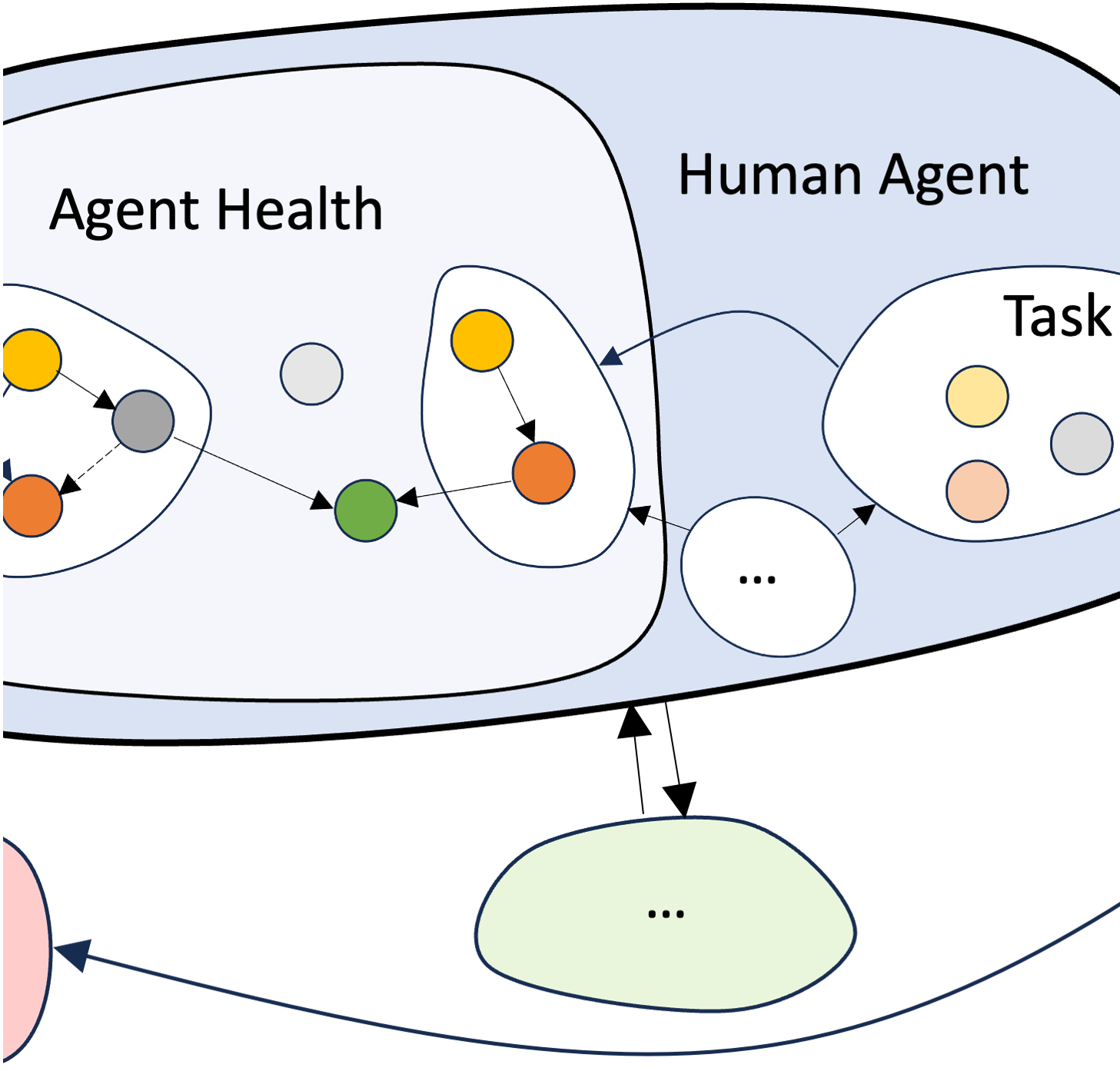
|
Computational framework for assessing space mission outcomes with humans and robots
This project presents a customizable computational framework to compare human crews and robotic agents in space missions. By modeling agents as system-of-systems, the framework maps a benefit–cost trade space to guide mission-ready choices. paper 1. Liu, X., Behjat, A., Dyke, S. J., Whitaker, D., Ramirez, J., & Bilionis, I. (2025). Computational Framework for Assessing Mission Outcomes with Humans and Robots. AIAA Journal, 63(4), 1596-1614. 2. Liu, X., Behjat, A., Dyke, S., Whitaker, D., Ramirez, J., & Bilionis, I. (2023, July). Roles of human and robotic agents toward operating a smart space habitat. 2023 International Conference on Environmental Systems. |
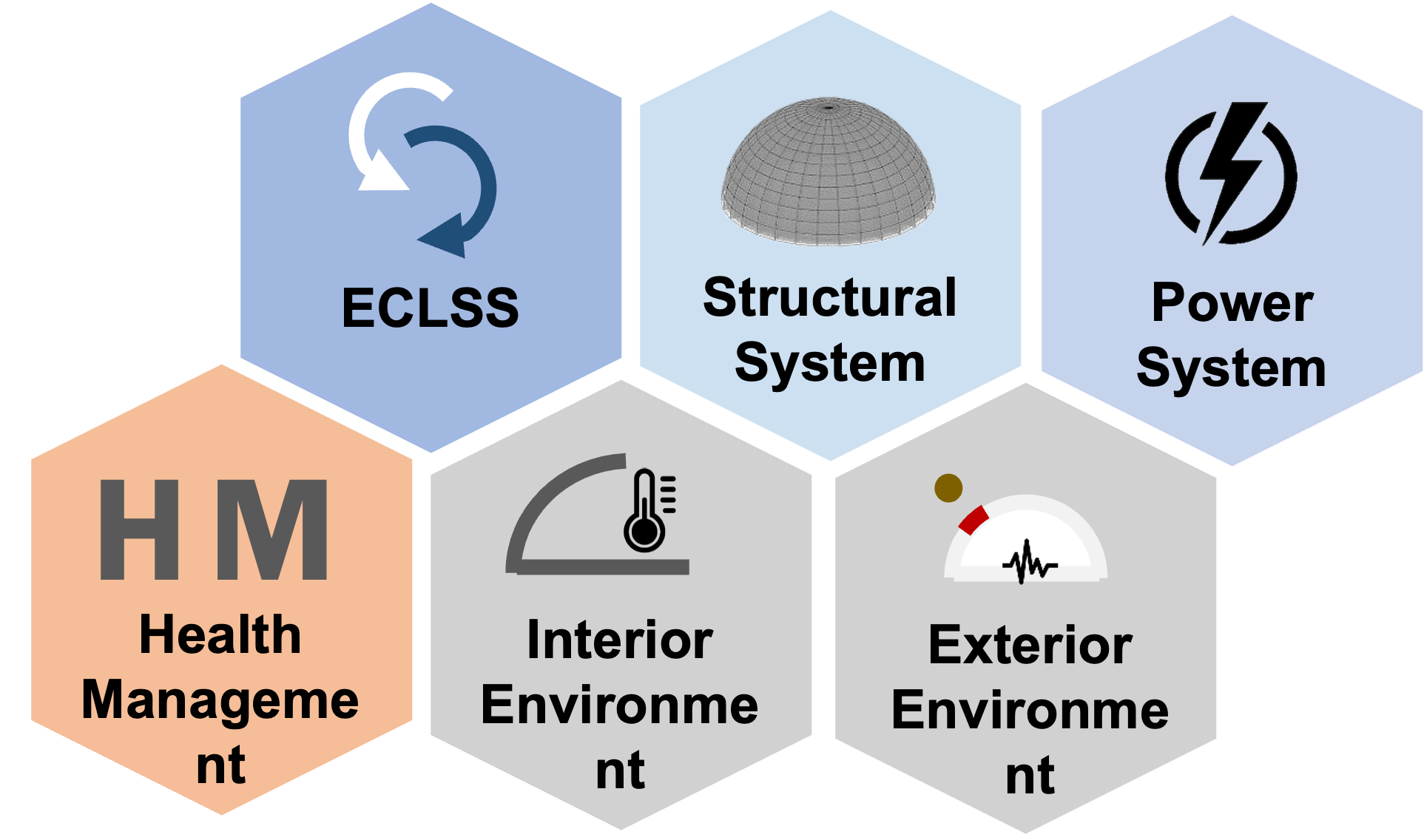
|
Computational framework for making early design decisions in deep space habitats
A modular control-oriented dynamic computational model is developed for rapid simulation of system-of-systems (e.g., space habitats) with disturbances, damage/degradation, repair/recovery, and a simple health-management decision layer. The Python-based framework outputs decision-ready cost–value trade spaces for early design choices. paper Behjat, A., Liu, X., Forero, O., Ibrahimov, R., Dyke, S., Bilionis, I., ... & Whitaker, D. (2024). A computational framework for making early design decisions in deep space habitats. Advances in Engineering Software, 195, 103690. |
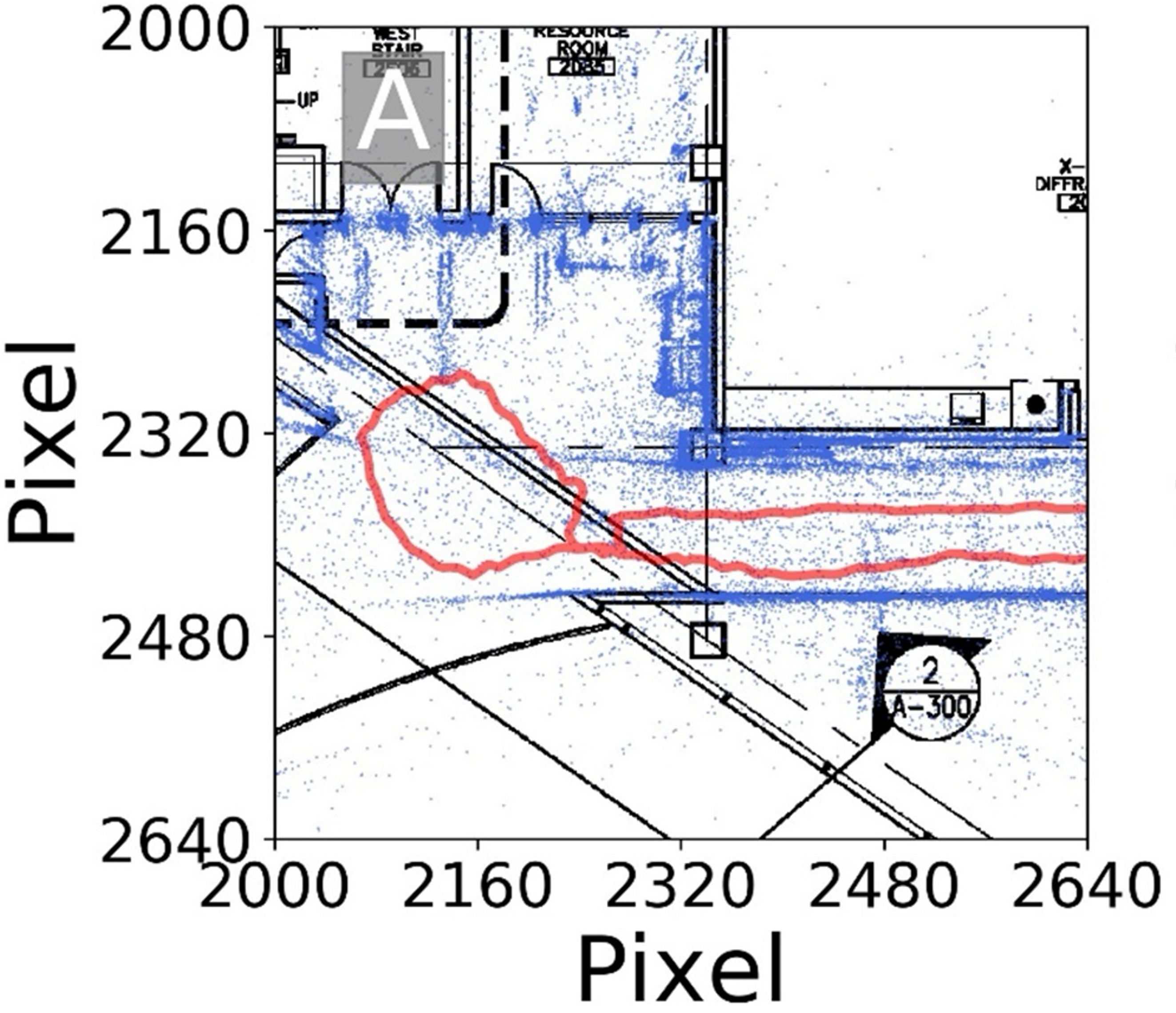
|
Automated image localization to support rapid building reconnaissance in a large‐scale area
A fully automated indoor image-localization is developed for post-earthquake building reconnaissance. The framework aligns the reconstructed path and point cloud to structural drawings to yield reliable photo locations across varied layouts, validated on multiple real buildings with only inexpensive wearable cameras. paper 1. Liu, X., Dyke, S. J., Lenjani, A., Bilionis, I., Zhang, X., & Choi, J. (2023). Automated image localization to support rapid building reconnaissance in a large‐scale area. Computer‐Aided Civil and Infrastructure Engineering, 38(1), 3-25. 2. Liu, X., Dyke, S. J., Yeum, C. M., Bilionis, I., Lenjani, A., & Choi, J. (2020). Automated indoor image localization to support a post-event building assessment. Sensors, 20(6), 1610. |
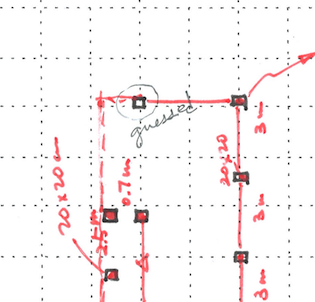
|
Accelerated naive Bayesian probability fusion algorithm
This project provides an accelerated naive Bayesian probability fusion algorithm that enables fast computation even when dealing with very large probability lists, where the exact method becomes prohibitively slow. It is part of the work as “Information fusion to automatically classify post-event building damage state”. github / paper Liu, X., Iturburu, L., Dyke, S. J., Lenjani, A., Ramirez, J., & Zhang, X. (2022). Information fusion to automatically classify post-event building damage state. Engineering Structures, 253, 113765. |
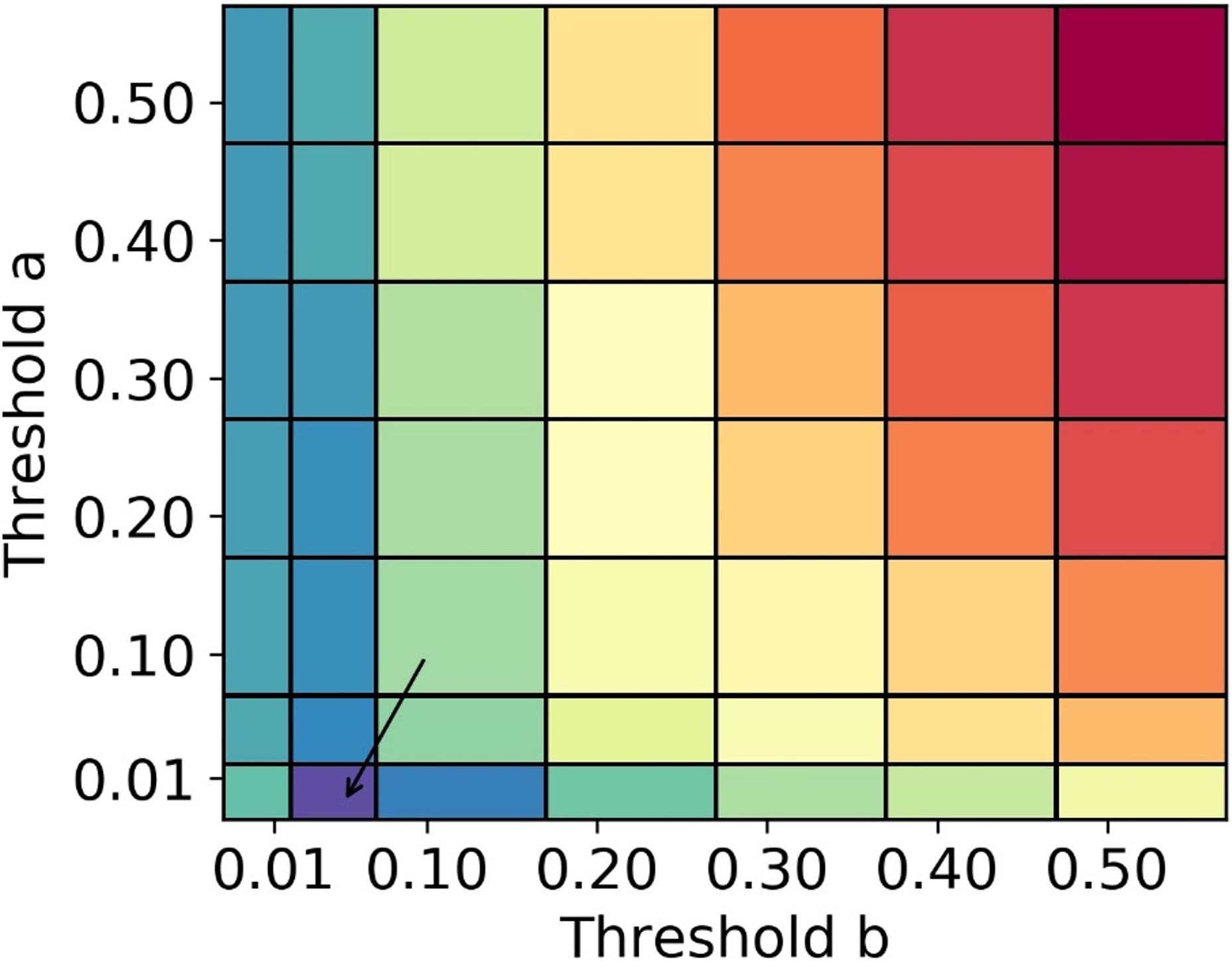
|
Information fusion to automatically classify post-event building damage state
This research developed an automated information-fusion framework yields a building’s overall post-earthquake damage state from sets of inspection photos by combining image-level classification results. This framework delivers robust, building-level damage categories to speed up reconnaissance and downstream decision-making. paper Liu, X., Iturburu, L., Dyke, S. J., Lenjani, A., Ramirez, J., & Zhang, X. (2022). Information fusion to automatically classify post-event building damage state. Engineering Structures, 253, 113765. |
|
Source code from Jon Barron. |